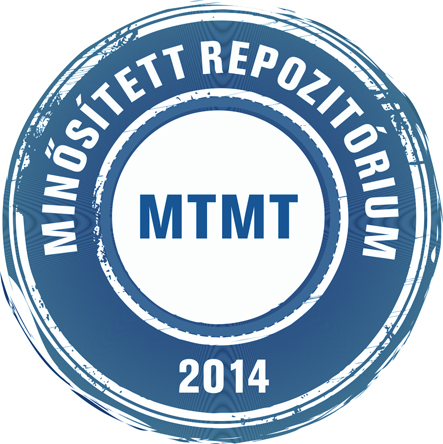Weisz Boglárka: Megjegyzések az Árpád-kori sóvámolás és kereskedelem történetéhez. In: Acta Universitatis Szegediensis : acta historica, (125). pp. 43-57. (2007)
Előnézet |
Cikk, tanulmány, mű
historica_125_043-057.pdf Letöltés (817kB) | Előnézet |
Absztrakt (kivonat)
Salt mines became the property of the Árpáds at quite an early stage of their rule. Monarchs sought to retain their monopoly, they handed over mines for only a short period, or they donated only parts of the mines to their subjects. Revenues from salt went to the royal treasury, and rulers were unwilling to renounce them. In the age of the Árpáds two methods were employed to provide the realm with royal salt, on the one hand royal salt storehouses were established, on the other hand salt was issued to ecclesiastical bodies, which took over the salt in mines or storehouses and dispensed it. Apart from the storehouses in Szeged and in Szalacs prescribed in the Golden Bull of 1222, other storehouses were used in Pozsony, Sopron and Vasvár. The monarch controlled foreign trade in salt. Charters of the Árpád age mention salt-tax (tributum saBnarum/salium/de salibus/in salibus) in connection with four setdements (Aranyos, Nána, Kakat, Pest). Collecting salt-tax is evidenced in connection with seven settlements (Szalacs, Szatmár, Meszesi gate, Zilah, Aranyos vine, Alvinc, Aranyos). Naturally this does not mean that salt-tax was collected only in these places, but it shows that they lay along roads, where salt was transported. In case of tax-collecting places we can observe that the tax was also collected in centres of traffic (Győr, Kompolt, Bertény, Poroszló, Hetes, according to a false charter, between the Iklód and Lompért), and in places, where market tax was also collected (Esztergom, Buda, Gölnicbánya, Putnok and according to a false charter, Pata). In case of market tax a hundredth value tax was levied on salt. In case of transport tax one block of salt or more was levied after each cart carrying salt. Tax was always collected in kind, which clearly shows the importance of salt in the Middle Ages. The hundredth value tax appearing in the case of salt tax based on the decimal system could have been the oldest value tax.
| Mű típusa: | Cikk, tanulmány, mű |
|---|---|
| Befoglaló folyóirat/kiadvány címe: | Acta Universitatis Szegediensis : acta historica |
| Dátum: | 2007 |
| Kötet: | 125 |
| ISSN: | 0324-6965 |
| Oldalak: | pp. 43-57 |
| Nyelv: | magyar |
| Befoglaló mű URL: | http://acta.bibl.u-szeged.hu/37157/ |
| Kulcsszavak: | Történelemtudomány, Magyarország történelme, Gazdaságtörténet |
| Megjegyzések: | Bibliogr. a lábjegyzetekben; Ismertetett mű: Boglárka Weisz: Contributions to the history of salt-tax and trade in the age of the Árpáds |
| Feltöltés dátuma: | 2016. okt. 15. 07:56 |
| Utolsó módosítás: | 2021. feb. 26. 11:32 |
| URI: | http://acta.bibl.u-szeged.hu/id/eprint/2986 |
 |
Tétel nézet |



